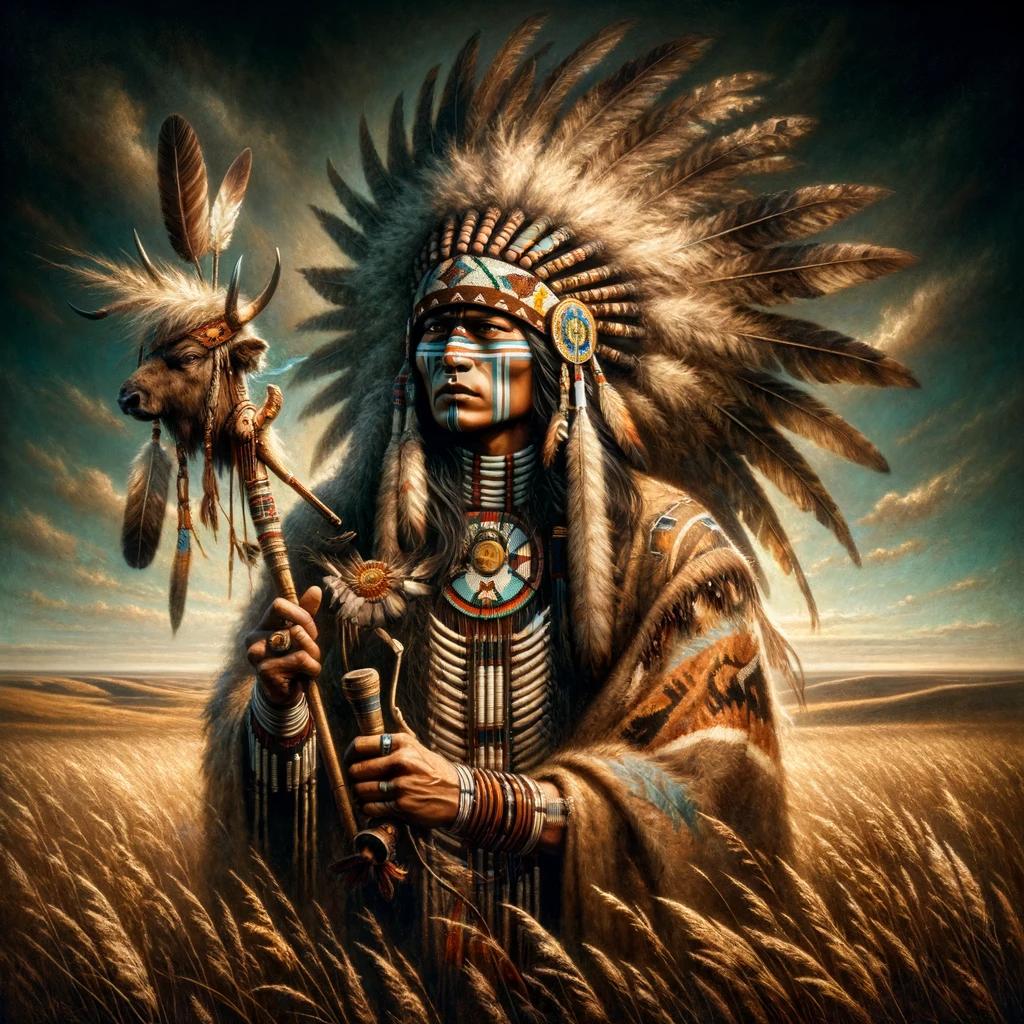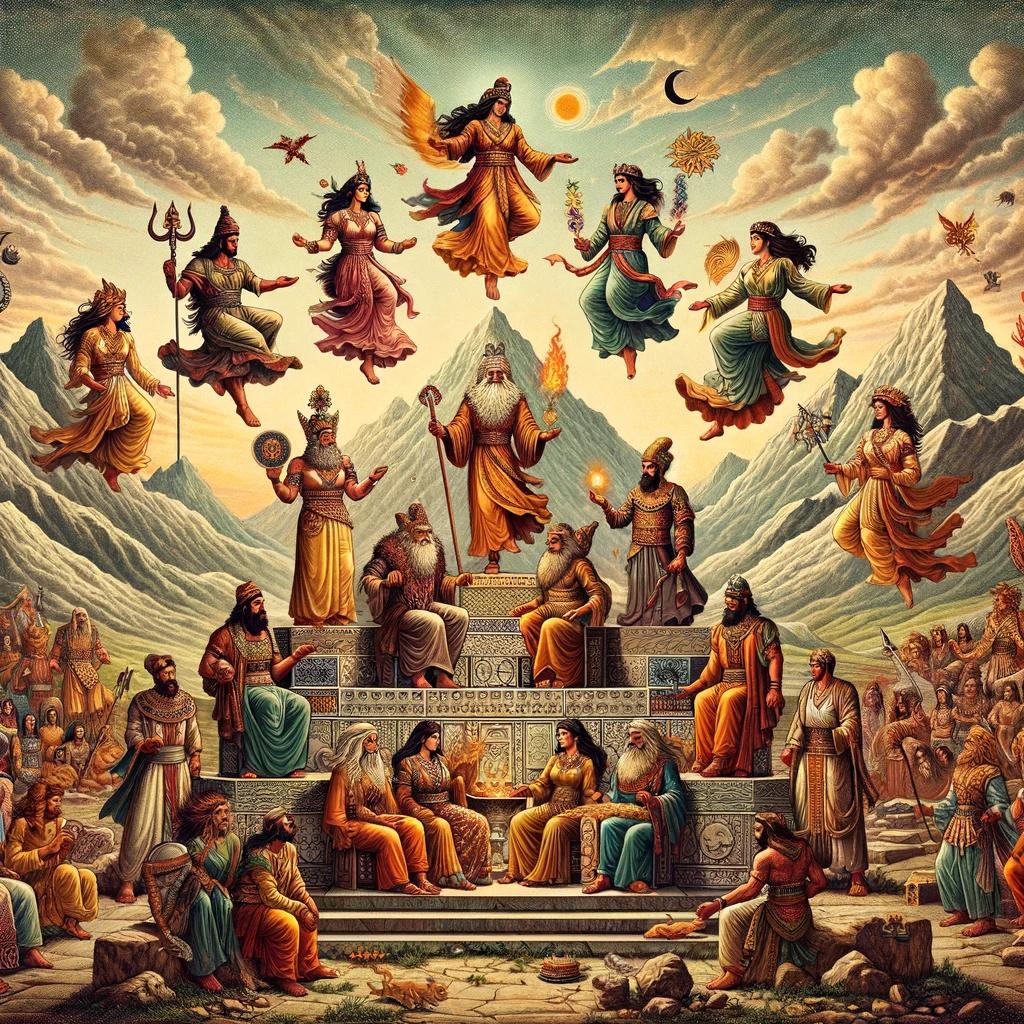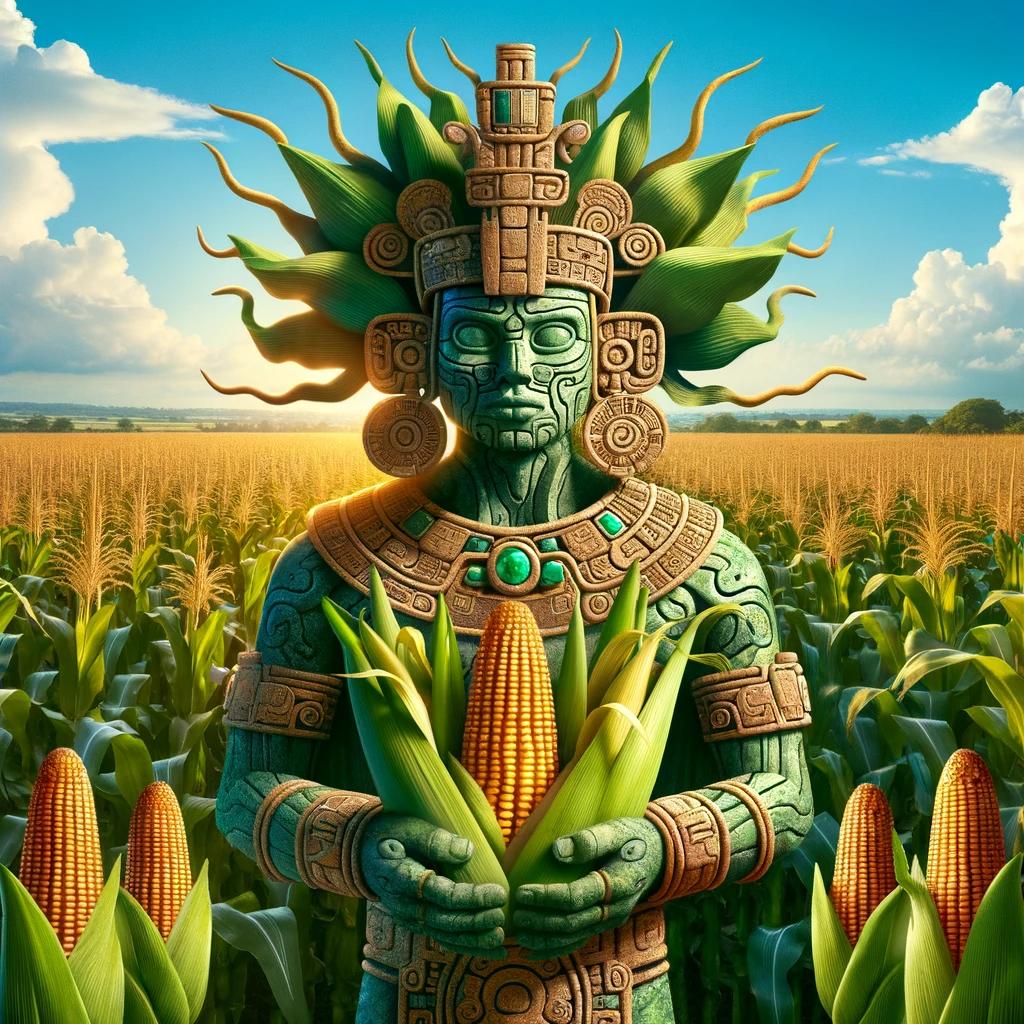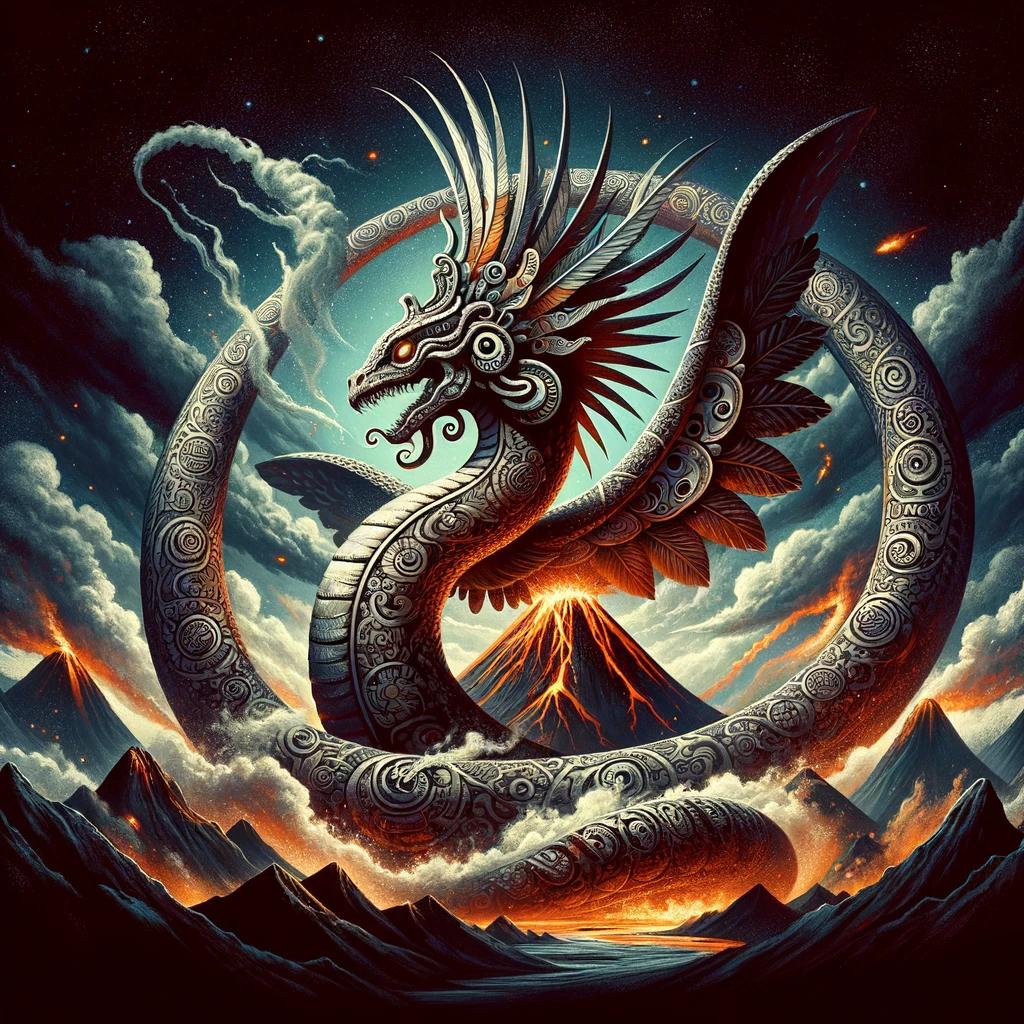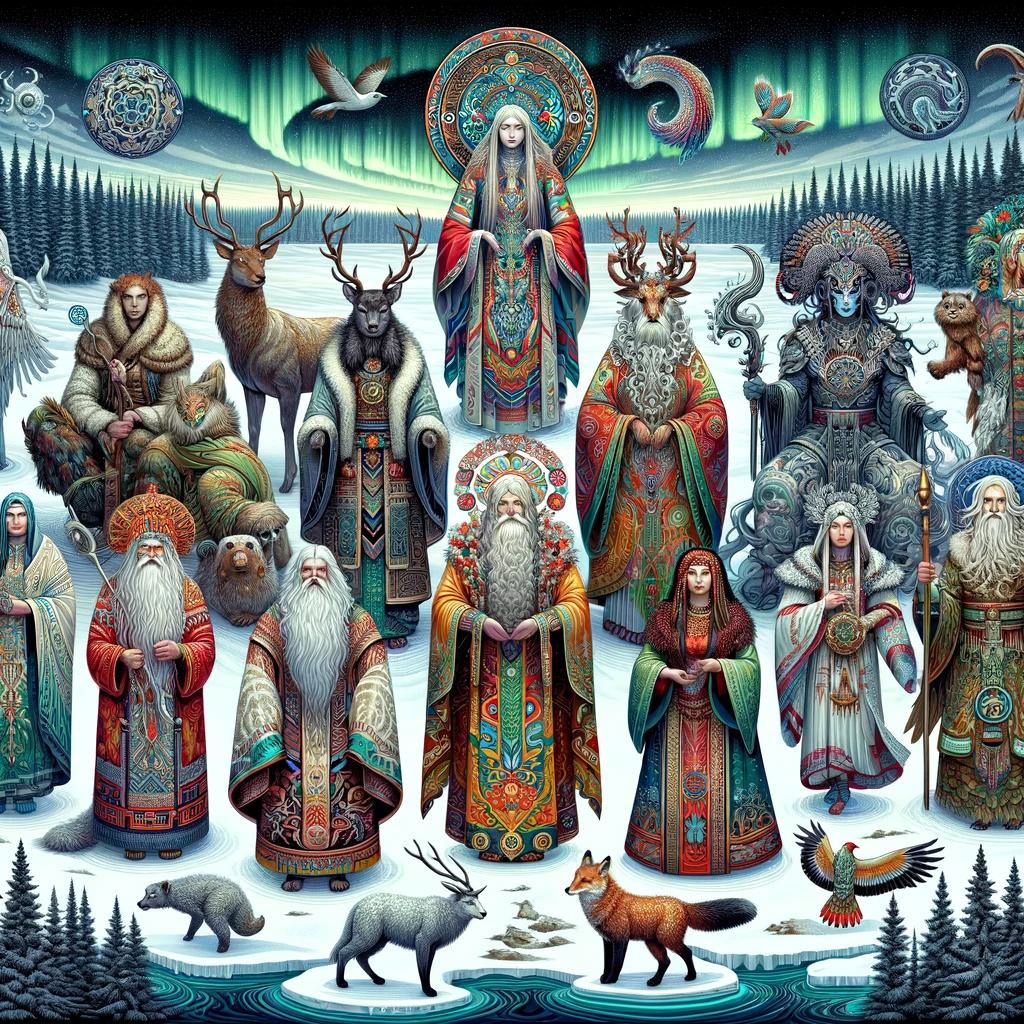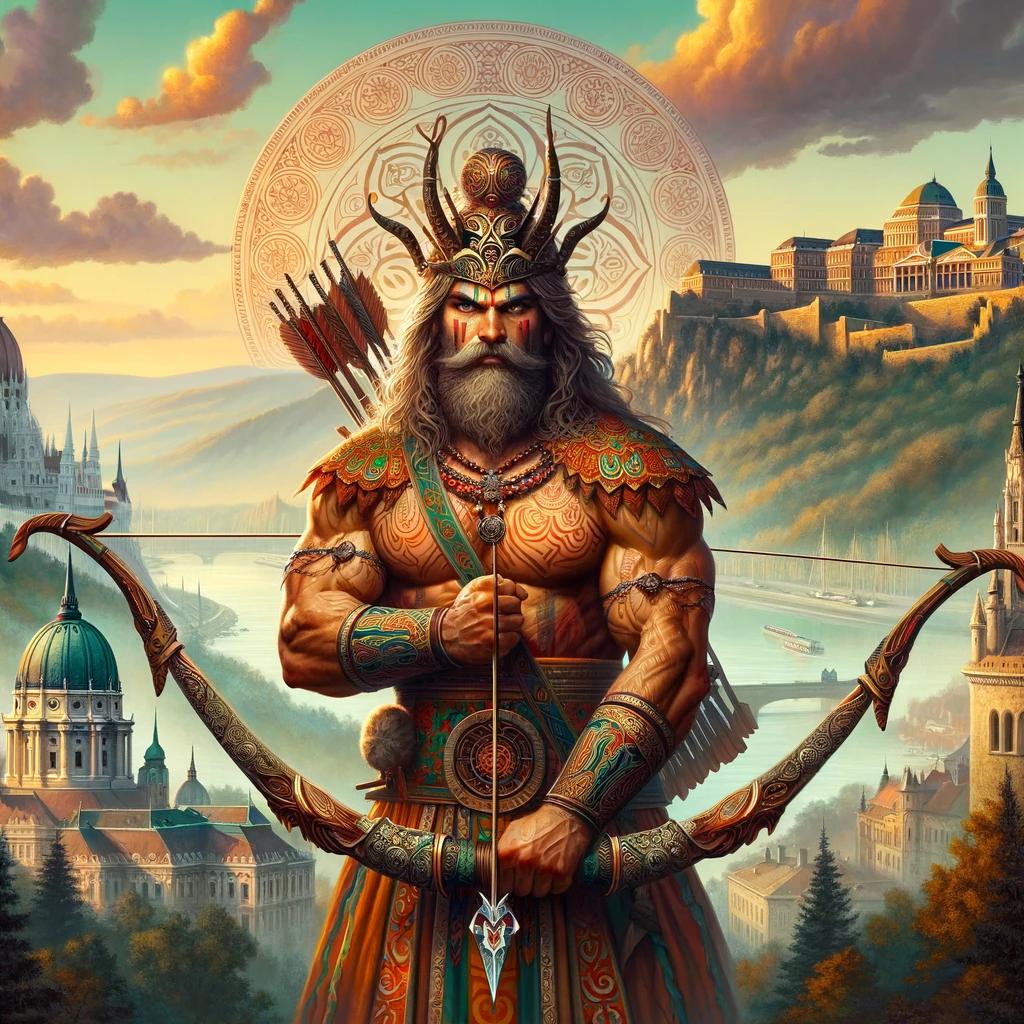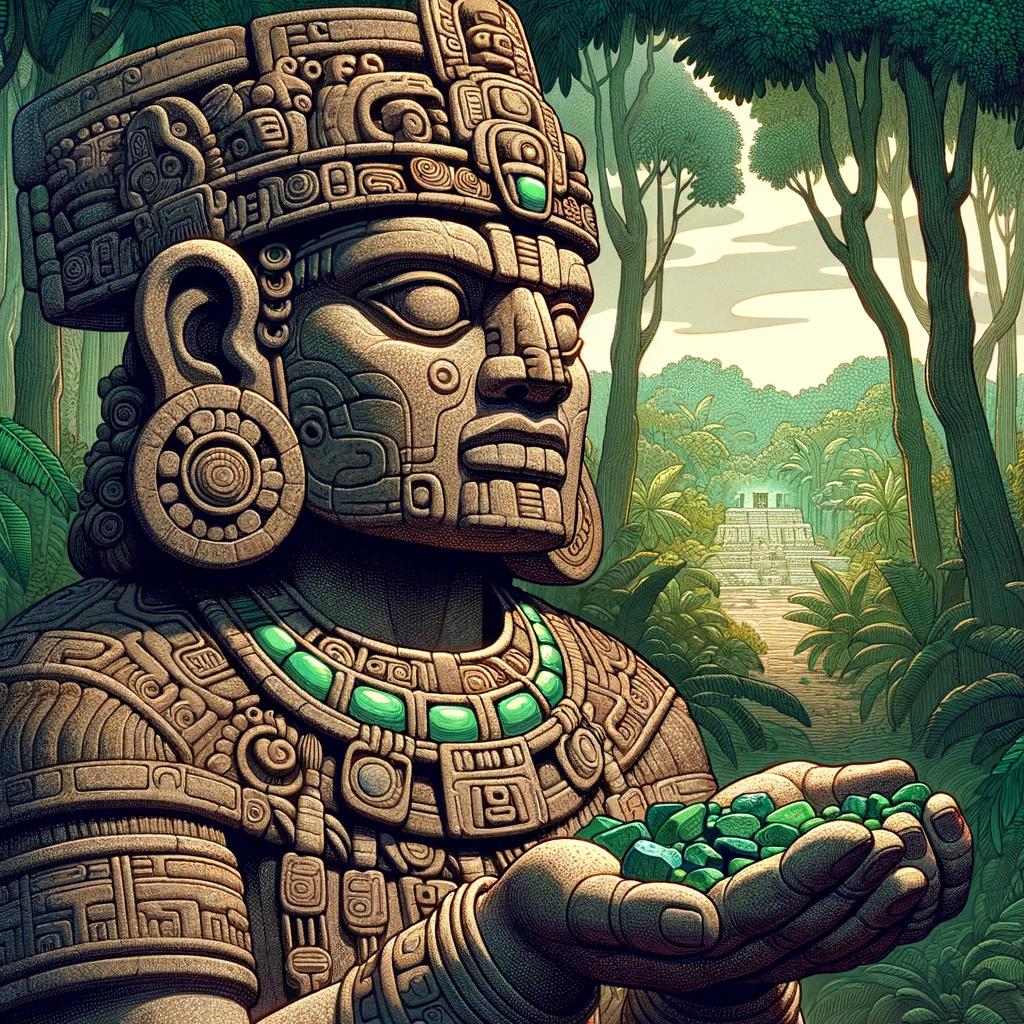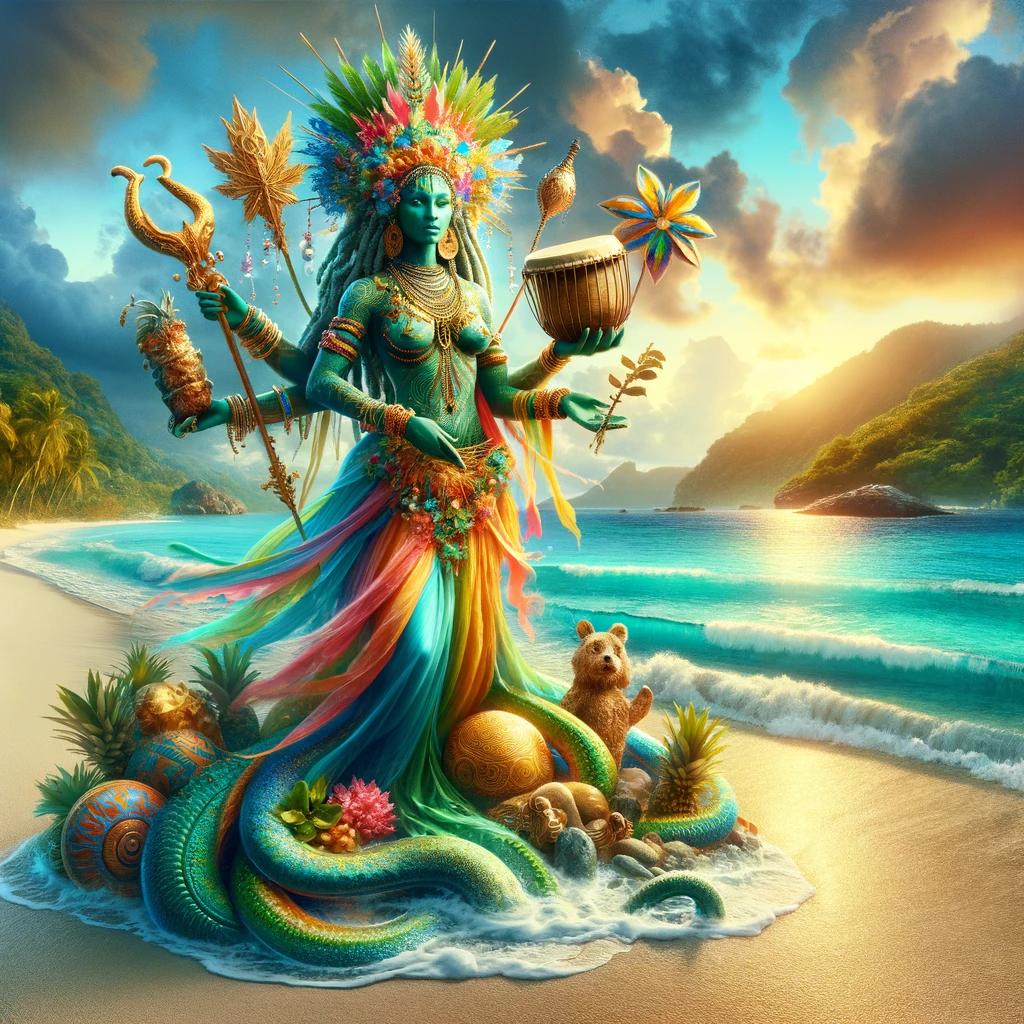Olmec Jaguar God: Unveiling the Divine Power of Mesoamerican Civilization
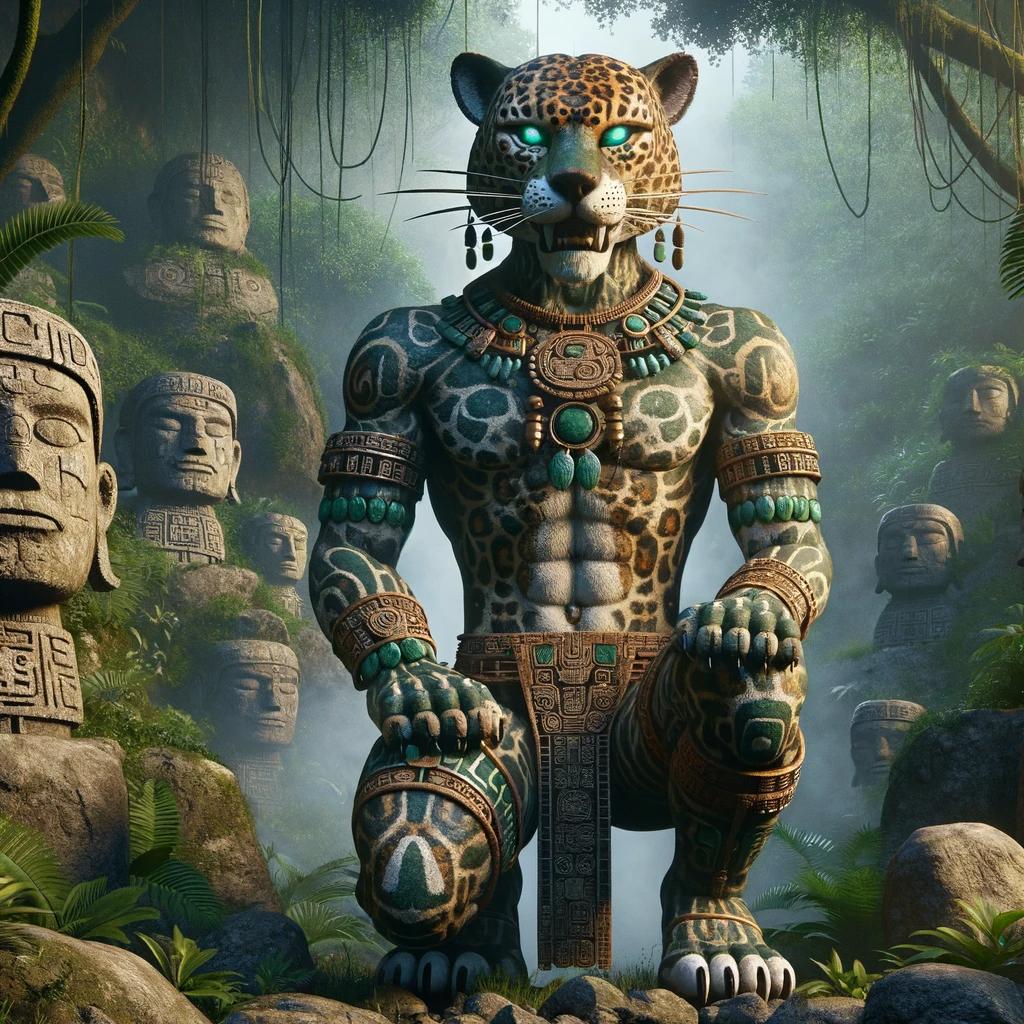
The Olmec Jaguar God holds a significant place in Mesoamerican mythology and religion. This deity, represented by the powerful and enigmatic jaguar, played a crucial role in Olmec culture.
From their iconography to their rituals, the Olmecs revered and worshipped the Jaguar God alongside other supernatural beings. This article explores the symbolism and role of the Jaguar God, its connection to Olmec art and Mayan influence, shedding light on the fascinating beliefs and practices of this ancient civilization.
Olmec Civilization
The Olmec civilization, considered to be the first Mesoamerican civilization, has left an indelible mark on the region’s history and culture. Understanding the origins and historical context of the Olmec people provides valuable insights into their unique contributions and lasting legacy.
Origins and Historical Context
The exact origins of the Olmec civilization remain shrouded in mystery, yet evidence suggests that it emerged around 1500 BCE in the coastal lowlands of present-day Mexico. This early Mesoamerican society flourished primarily in the Gulf Coast region, encompassing modern-day states of Veracruz and Tabasco.
The Olmec people developed advanced agricultural practices, cultivating crops such as maize, beans, and squash. Alongside their agricultural success, they established complex trade networks and engaged in long-distance exchange, facilitating cultural interaction and the spread of their influence.
Cultural Achievements and Legacy
The Olmec civilization achieved remarkable advancements in various spheres of life, leaving a lasting cultural legacy. Their accomplishments extended to areas such as art, architecture, and technology.
Olmec artists created iconic stone sculptures, often depicting colossal heads with distinct features believed to represent rulers or deities.
Their intricate carvings in jade, serpentine, and basalt showcased their artistic prowess and cultural symbolism.
The Olmec architecture featured ceremonial centers characterized by colossal platforms, pyramids, and plazas, showcasing their architectural expertise and ceremonial practices.
Additionally, they developed a sophisticated calendar system, indicating their understanding of celestial movements and timekeeping.
The Olmec civilization, while declining by around 400 BCE, laid the foundation for subsequent Mesoamerican cultures such as the Maya and Aztecs.
Their influence on art, religion, and social structure resonated throughout the region for centuries to come.
Olmec Religion and Mythology
The Olmec civilization had a complex system of religious beliefs and a diverse pantheon of deities. Their religion played a significant role in shaping their society and worldview. Let’s explore the key aspects of Olmec religion and mythology.
Beliefs and Pantheon of Olmec Deities
The Olmecs believed in a multitude of deities that represented various natural forces and concepts. Their pantheon included gods associated with agriculture, rain, fertility, and the supernatural. Among them, the Jaguar God held great importance, symbolizing power, transformation, and the duality of human and animal nature.
- Representation of Jaguar God in Olmec iconography
- Other prominent deities in the Olmec pantheon
- Depictions of gods in Olmec artwork and artifacts
Rituals and Religious Practices
The Olmecs actively engaged in a range of religious rituals and practices that were performed by rulers, priests, and shamans.
These rituals involved offerings, sacrifices, prayers, and ceremonies aimed at pleasing the deities and maintaining harmony with the natural world. Rituals were often conducted in specialized religious spaces, such as temples or sacred sites.
- Significance of rituals in Olmec society
- Shamans and their role in religious practices
Influence on Mesoamerican Religion
The religious beliefs and practices of the Olmecs had a significant impact on the development of Mesoamerican religion as a whole. Many of their deities, symbols, and rituals influenced subsequent civilizations, such as the Maya and Aztecs.
The concept of divine rulership and the association of certain animals with supernatural powers found in Olmec religion continued to be central in Mesoamerican cultures.
- Transmission of religious concepts to later civilizations
- Influence on Mayan and Aztec religious beliefs
- Continuity of Olmec religious ideas in Mesoamerica
Jaguar God in Olmec Culture
The Jaguar God held significant symbolism and played a pivotal role in Olmec culture.
Exploring the symbolism and iconography associated with this deity provides insights into their beliefs and may reveal aspects of Olmec mythology. Additionally, the Jaguar God’s role in Olmec mythology sheds light on their worldview and understanding of the divine.
Understanding the connections between the Jaguar God and other supernatural beings deepens our appreciation of the complexities within Olmec religious beliefs.
Symbolism and Iconography of the Jaguar God
The Jaguar God was depicted in Olmec art with specific symbolism and iconography. The prominent representation of jaguar features, such as feline physical attributes and distinctive patterns, emphasized the deity’s association with power, strength, and divinity.
The depictions of the Jaguar God often showcased its jaguar-like features, including its fearsome fangs and sharp claws, conveying its status as a formidable entity. The intricate detailing of these artistic representations provided visual cues for understanding the Jaguar God’s significance in Olmec belief systems.
Role of the Jaguar God in Olmec Mythology
Within Olmec mythology, the Jaguar God held a unique and revered role. This deity was often associated with rulership, fertility, and the supernatural realm. It was believed that the Jaguar God served as a protector and guide for the rulers, bestowing them with divine authority and legitimizing their governance.
Additionally, the association of the Jaguar God with fertility suggested its importance in agricultural practices and the growth of civilization. Rituals and ceremonies dedicated to the Jaguar God were conducted to ensure prosperity and harmony within the Olmec society.
Connection to Other Supernatural Beings
The Jaguar God’s divine presence intertwined with other supernatural beings within Olmec mythology. Its connection to other deities, such as the Dragon Olmec, the God of Maize, the Rain Spirit, and the Feathered Serpent, highlighted the complexities and interconnectedness of the Olmec pantheon.
These relationships between the Jaguar God and other divine entities reflected their shared roles and influences within Olmec religious beliefs. The symbolism and imagery associated with these deities further emphasized their interconnected nature and their collective significance in the Olmec worldview.
Throughout Olmec culture, the Jaguar God held immense importance and was intertwined with various aspects of spiritual and societal life. Exploring the symbolism, role, and connections of the Jaguar God provides a deeper understanding of the rich and complex religious beliefs of the Olmec civilization.
Olmec Art and Representation of the Divine
The artistic expressions of the Olmec civilization provide valuable insights into their religious beliefs and the way they depicted their deities. The Olmecs left behind an array of impressive sculptures and artifacts that feature the imagery of the Jaguar God, highlighting its significance in their iconography.
Sculptures and Artifacts Featuring Jaguar God Imagery
Among the most striking representations of the Olmec Jaguar God are the colossal stone heads found at various Olmec sites. These massive sculptures, weighing several tons, depict powerful individuals believed to be rulers and are characterized by distinct jaguar features, such as feline fangs and ears.
In addition to the stone heads, smaller figurines and vessels also showcase the presence of the Jaguar God in Olmec art. These artworks often depict the deity in a hybrid form, combining human and jaguar attributes.
The jaguar motifs are prominently displayed through carefully carved details, such as the jaguar’s spotted coat and fearsome expression.
Stylistic Characteristics of Olmec Art
Olmec art is renowned for its distinct style and accomplished craftsmanship. The artworks demonstrate a high level of skill in stone carving, reflecting the artistic abilities and reverence for the divine within the Olmec culture.
The sculptures exhibit a remarkable level of realism, capturing intricate facial features and detailed body proportions. The emphasis on naturalistic representation suggests a deep appreciation for human anatomy and a desire to imbue their deities with a lifelike presence.
Furthermore, the Olmecs utilized a variety of materials in their art, including jade, basalt, and other precious stones. The mastery of carving techniques allowed them to create intricate jewelry pieces, masks, and ceremonial objects.
The combination of skillful craftsmanship and careful material selection exemplifies the Olmec dedication to visually representing the divine in their artworks.
Significance of Jaguar God in Olmec Iconography
The Jaguar God holds significant cultural and religious importance within Olmec iconography. It represents strong connections to power, fertility, and the animal world. The jaguar’s predatory nature is associated with strength, protection, and the ability to traverse between different realms.
Moreover, the Jaguar God’s representation in Olmec art reflects the intricate cosmology and mythological narratives of their religious beliefs. Its presence in both colossal and miniature forms signifies the belief in both the macrocosmic and microcosmic dimensions of the divine.
The prominent depiction of the Jaguar God throughout numerous Olmec artworks emphasizes its central role in the spiritual and cultural life of the Olmec civilization. The imagery serves as a visual testament to their belief system, providing a glimpse into the awe-inspiring world of the Olmec Jaguar God.
Olmec Jaguar God and Mayan Influence
The Olmec Jaguar God had a significant impact not only within the Olmec civilization but also in the wider Mesoamerican region, including the Mayan culture. Interactions between the Olmec and Mayan cultures facilitated the spread of religious and artistic influences.
These influences can be observed in the depictions of the Jaguar God in Mayan art and religious practices.
Interactions between Olmec and Mayan Cultures
The Olmec civilization preceded the rise of the Mayan civilization, and there is evidence of cultural exchanges and interactions between the two. Trade networks, migration, and shared territories provided opportunities for the transmission of ideas and beliefs.
This cultural interchange laid the groundwork for the later development of Mayan religious and artistic traditions.
Depictions of Jaguar God in Mayan Art and Religion
The figure of the Jaguar God resonated deeply within Mayan society, and it is frequently depicted in their artwork and religious iconography. In Mayan art, the Jaguar God is often depicted with similar attributes as in Olmec art, such as distinctive jaguar features and regalia.
These representations highlight the enduring influence of the Olmec Jaguar God on Mayan religious and cultural beliefs.
Shared Mythological Themes and Beliefs
The Olmec Jaguar God and its associated symbolism also found resonance in Mayan mythology. The concept of the jaguar as a powerful and sacred deity was shared between the two cultures.
Additionally, common themes like fertility, regeneration, and rulership are observed in both Olmec and Mayan mythologies, indicating a shared understanding of divine attributes and cosmological concepts.
.











